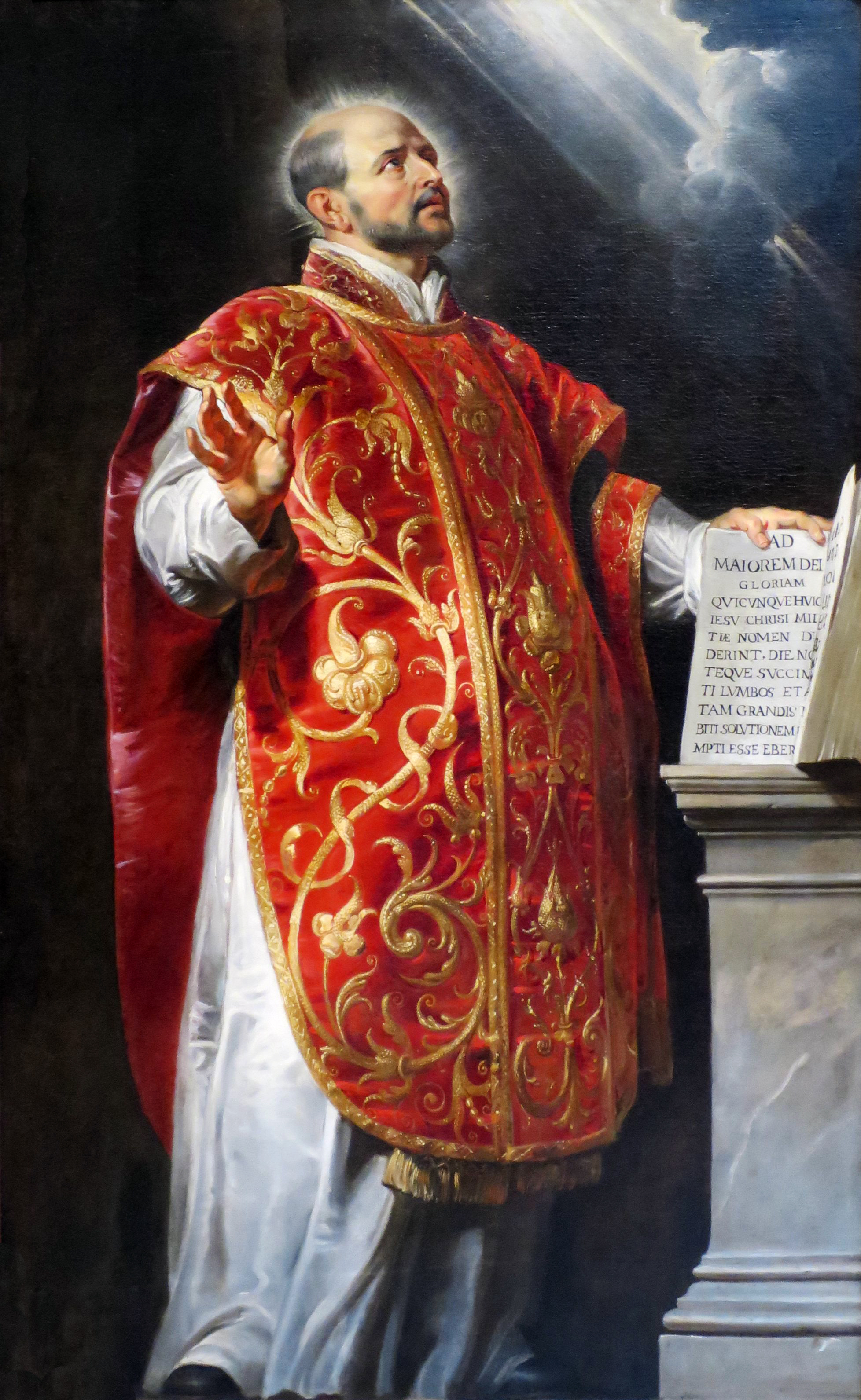In the liturgical year the various aspects of the one Paschal mystery unfold. This is also the case with the cycle of feasts surrounding the mystery of the incarnation (Annunciation, Christmas, Epiphany). They commemorate the beginning of our salvation and communicate to us the first fruits of the Paschal mystery. (CCC 1171)
I suddenly have the urgency to start planning and list down my resolutions for 2010. To help me get organized and started, I need physical or visible aids like dairy, calendar, planner, electronic organizer etc to help me remember the important dates or specific events throughout the year. A very useful item which came in handy to incorporate my spiritual activities into my daily life is the poster size Liturgical Calendar designed by our Catechetical Office.
As catechists, it is an ideal tool to plan our catechism lessons in line with the Church’s liturgy and pass on the faith to our young through the biblical stories of Jesus’ life, death and resurrection as well as acquaint them to the biblical models like our blessed mother Mary and the saints.
For the faithful, it serves as a visual aid and reminder to meditate on the great events of the salvation history and re-live them in the “today” of the Church’s liturgy. As such, I strongly recommend that the Liturgical Calendar be an item that every family should possess.
From the time of the Mosaic law, the People of God have observed fixed feasts, beginning with Passover, to commemorate the astonishing actions of the Saviour God, to give him thanks for them, to perpetuate their remembrance, and to teach new generations to conform their conduct to them. In the age of the Church, between the Passover of Christ already accomplished once for all, and its consummation in the kingdom of God, the liturgy celebrated on fixed days bears the imprint of the newness of the mystery of Christ. (CCC 1164)
The Liturgical Calendar is available at SPI or selected Catholic bookstores.
lh




















